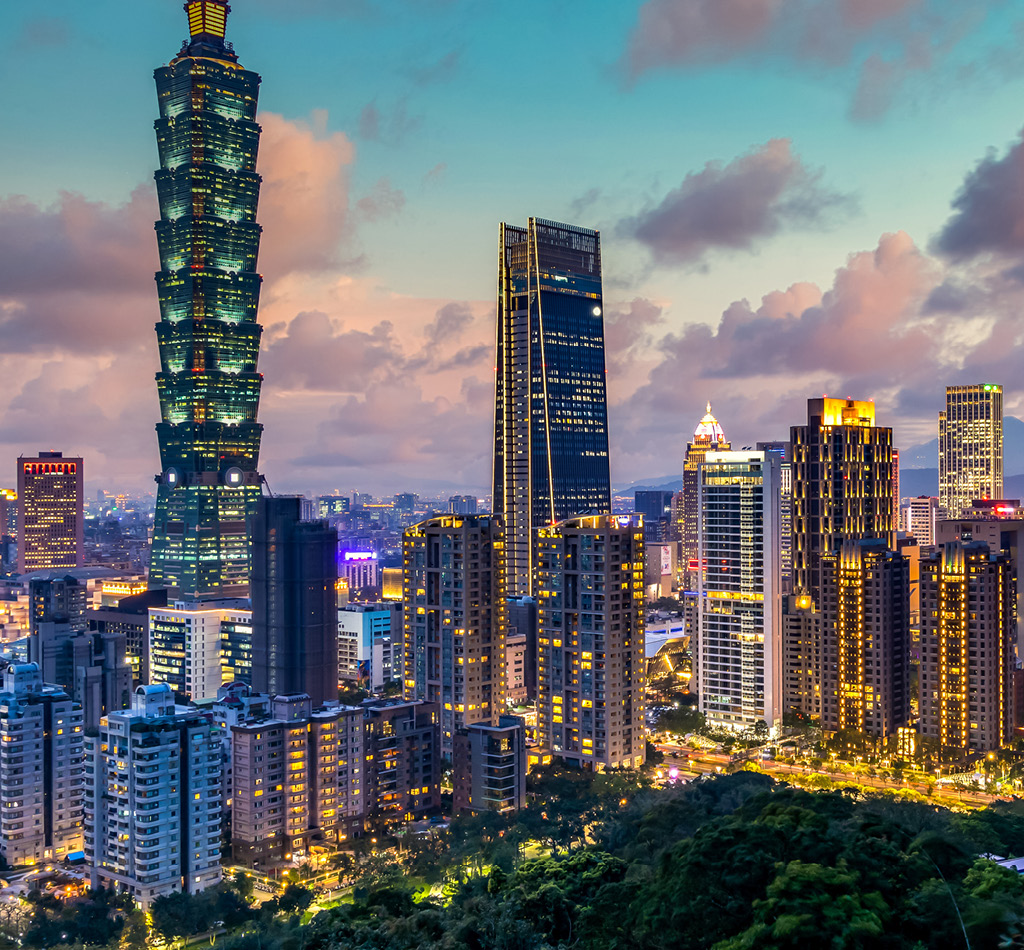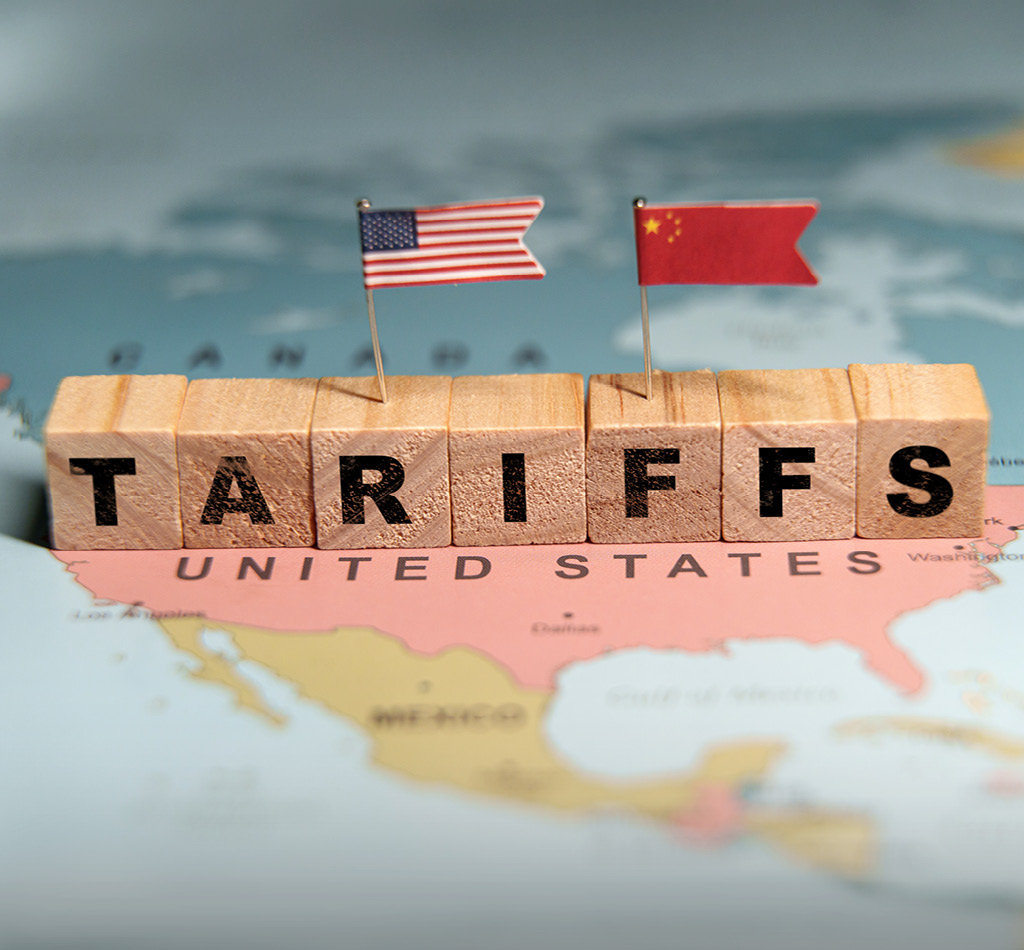Commentary
Is China approaching a turning point?
September 22, 2022

“In the land of the blind, the one-eyed man is king.”
— Desiderius Erasmus‘s Adagia (1500) –
Summary
- While global liquidity remains poor, EM countries are dealing with a more manageable inflation problem than in DM. Money numbers also point to a better economic outlook for EM.
- Interestingly, earnings revisions for EM vs DM are crossing over in favour of the former.
- These factors combined with a wide valuation gap that has driven poor relative returns over the past decade support a brighter outlook for prospective returns in EM.
- EM equities were flat over the month, which belies a turbulent period where Sino-US tensions ratcheted up following US House Speaker Pelosi’s trip to Taiwan.
- Excessive global monetary tightening risks an economic hard landing, with global equity markets pulling back on US Fed Governor Powell’s remarks at the Jackson Hole in late August that the Fed would “keep at it” despite signs of peaking inflation in the US.
- Pessimism in China remains overdone in our view, real money trends are positive and economic indicators are jumping higher, while valuations remain compelling.
- Stronger energy and commodities prices supported stocks in the GCC, Brazil and South Africa, where the portfolio is underweight.
- Stocks in Europe were broadly flat for the month despite skyrocketing natural gas prices. European leaders face the challenge of boosting ex-Russian gas supplies. There are significant bottlenecks i.e. it will take several years to build regasification plants that will support importation of LNG supplies. Power shortages threaten heavy industries in Eastern Europe, with secondary effects likely to flow through to consumer goods companies in the region.
Portfolio Activity
- Trading over the period reflects our view that defensive and high quality exposure should be favoured in this environment, while poor sentiment in China presents an opportunity to increase exposure.
- Trimmed exposure to Thailand on deteriorating money numbers, including taking some profits in oil company PTT Exploration and Production.
- Trimmed Varun Beverages following a very strong run of performance, allowing us to add to Indian hospital group Max Healthcare through a secondary offering.
- We have added Qatar National Bank – expected boost from the football World Cup, with another leg of growth via expansion of the gas fields and exports to Europe and Asia.
Sino-US tensions
Speaker Pelosi’s Trip
- China’s measured response to Nancy Pelosi’s trip reflected a desire to avoid any action that may encourage US retaliation and escalation towards conflict over Taiwan. Presidents Xi and Biden were in direct contact in the days leading up to the trip.
- Disincentives to a dispute over Taiwan are clear i.e. an amphibious invasion of the heavily armed island by China would come at a great cost and invite US intervention along with a heavy sanctions regime more severe than what we have seen imposed upon Russia.
- Risks to the semiconductor supply chain as an outcome of the invasion or blockade of Taiwan would be incredibly painful for the global economy.
- No more so than for China, which would inevitably be cut off from access to essential imports that are at the foundation of its advanced technologies. China had a taste of this when the Trump administration crippled Huawei with sanctions that denied the company access to key technologies.
- China has thrown over $100 billion at developing semiconductor self-sufficiency but has failed to materially narrow the chipmaking gap between it and the West.
- While extremely costly (likely many multiples of what the CHIPS Act proposes), the West will be able to establish self-sufficiency and cement a significant tech edge over China.
- While Taiwan is a leader in semiconductor manufacturing, with c.92% share of advanced semi manufacturing, it is linked into a complex global supply chain. To illustrate: “[e]ach segment of the semiconductor supply chain has, on average, 25 countries involved in the direct supply chain, and 23 countries involved in supporting market functions. In fact, a semiconductor process could cross international borders approximately 70 or more times before finally making it to the end customer.” (Accenture report, 2020)
- While seizure of Taiwan would give China access to Taiwan’s semiconductor assets, it would not necessarily bring it closer to self-sufficiency given that it would lead to it being cut off from the wider supply chain. Not only this, but the immense technical complexity of chip production (involving hundreds of steps and where a few specs of dust or silicon impurity can derail the entire process) requires a level of know-how and experience developed over decades, and is not something where the reins can simply be passed on to new (and compliant) management.
- This is an issue we are monitoring closely and factor into our framework of macroeconomic analysis that produces our country rankings which captures the forecast direction of political risk and also long term governance scores.
Is China approaching a turning point?
- China’s economy continues to stabilise. Corporate financing conditions continue to ease, reflecting the acceleration in money growth over the past few months.
- Manufacturing indicators are jumping higher, auto sales are surging, and home sales are no weaker than in the US. While caution over the state of the property market is warranted, the “classical” property bust is one precipitated by a tightening of credit conditions. We currently see the opposite in China today.
- While we are not expecting China to enter a boom, conditions are better than what market sentiment suggests.
Congress, stimulus and “the mother of all reopenings?”
- The CCP’s Politburo announced that the 20th Party Congress will take place on October 16. Could this be a catalyst for Chinese stocks?
- It is likely Covid-zero measures will remain tight in the lead up to Congress, with stability the priority as Xi looks to cement his place alongside Mao and Deng as one of the three towering CCP figures of the party’s century in power, and secure an unprecedented third term.
- Beijing reiterated its commitment to avoid “excessive stimulus” in the interests of promoting sustainable growth, making the prospect of the government meeting its GDP growth target of 5.5% remote.
- The government announced a modest 19-point stimulus package including 300 billion yuan ($43.7 billion) for policy and development financial tools. While positive, the real boost will come from a relaxation of Covid policy.
- There is cause for some optimism, with news suggesting that the approval of a domestically-produced mRNA vaccine candidate is not far off. CLSA has reported that Chinese pharma group CSPC has the candidate most likely to be approved, with preliminary data suggesting a low level of side effects versus international peers, high efficacy, and relatively high storage temperatures. The expectation is for further efficacy data to be released in October before final approval in November.
- In any case, we think it is unlikely that restrictions will be relaxed in the short term (3-6 months). In Chengdu this month it took just 156 cases for officials to lockdown a city of 21 million people.
- Our view is that while there are some signs of policy shift – i.e. President Xi’s first foreign trip since the beginning of the pandemic to Kazakhstan will take place in mid-September – zero-Covid is a signature policy for Xi. There are also fears that China’s healthcare system will struggle to cope with a massive influx of patients on any loosening. This makes it more likely that a shift away from this policy will be gradual (likely boosted by a new vaccine rollout).
- With this in mind, our approach is to continue adding to our China overweight as a whole, but without going overweight cyclicals in this market until we begin to see more of an acceleration in the economy.
China is the “Saudi Arabia of renewable energy”
China Dominance of the Solar Supply Chain
Source: US Department of Energy, 2022.



![Jean-Philippe-Lemay, CC&L FG [504x504_03]](https://ns-partners.cclgroup.com/wp-content/uploads/sites/3/2025/06/FG_-Jean-Philippe-Lemay_504x504_03.jpg)



